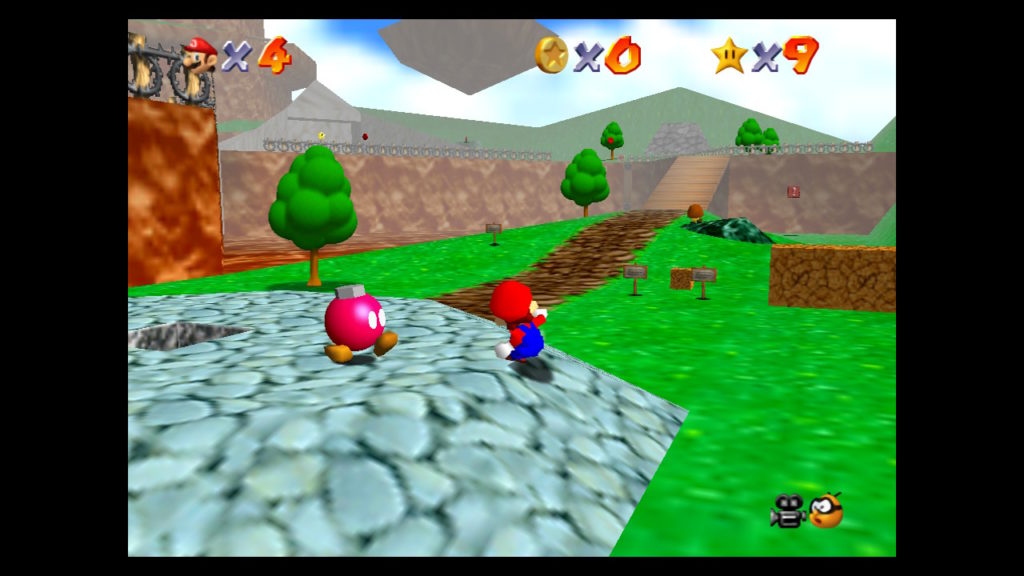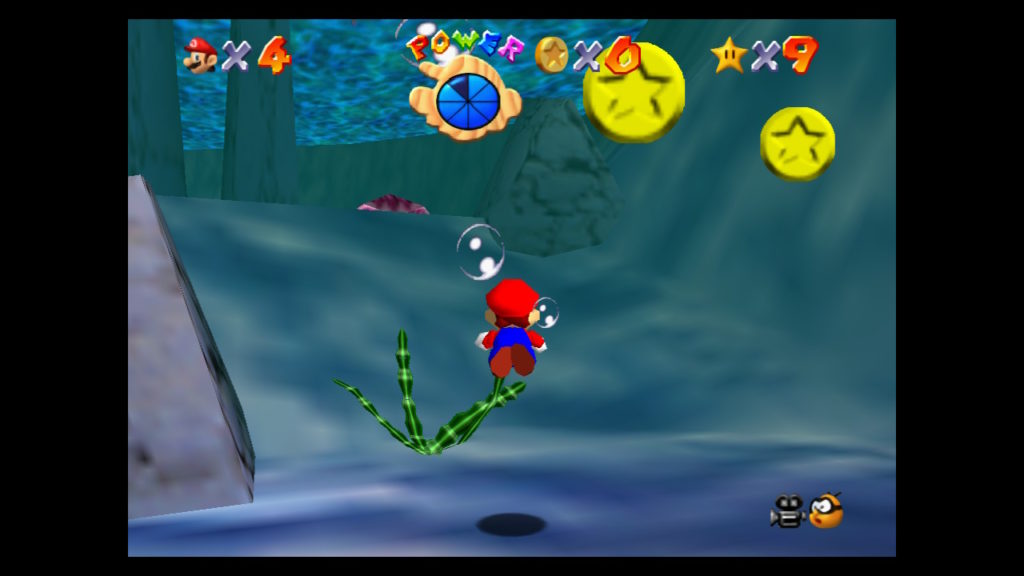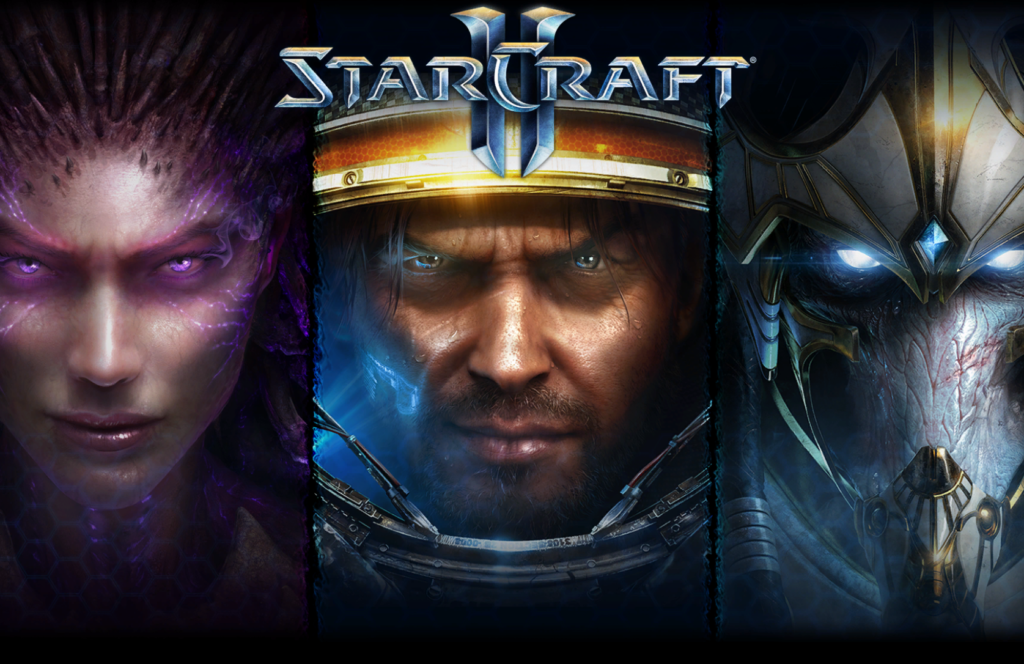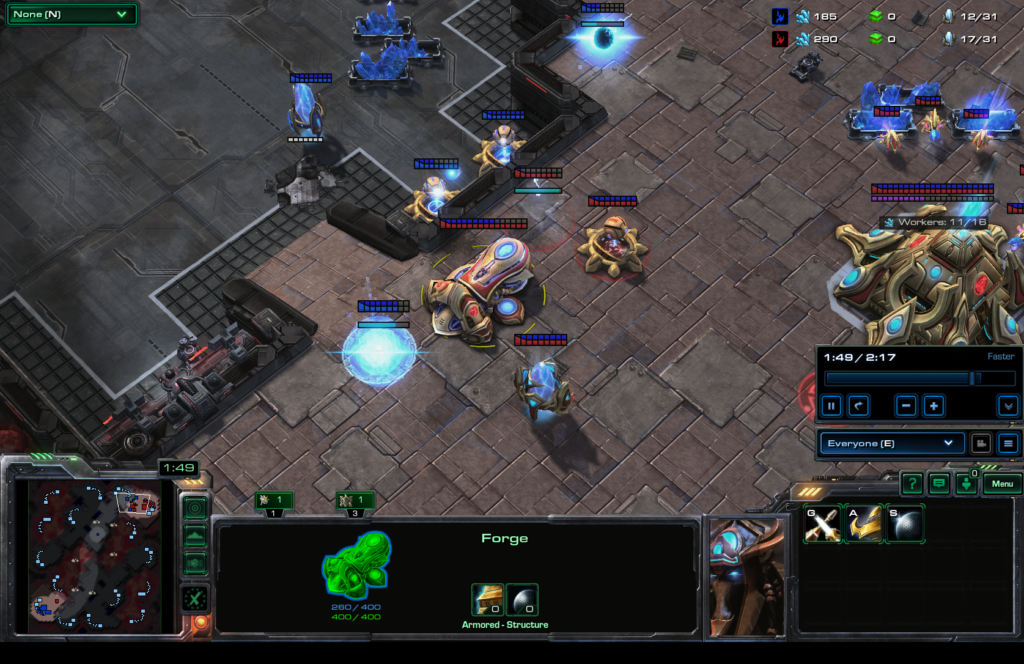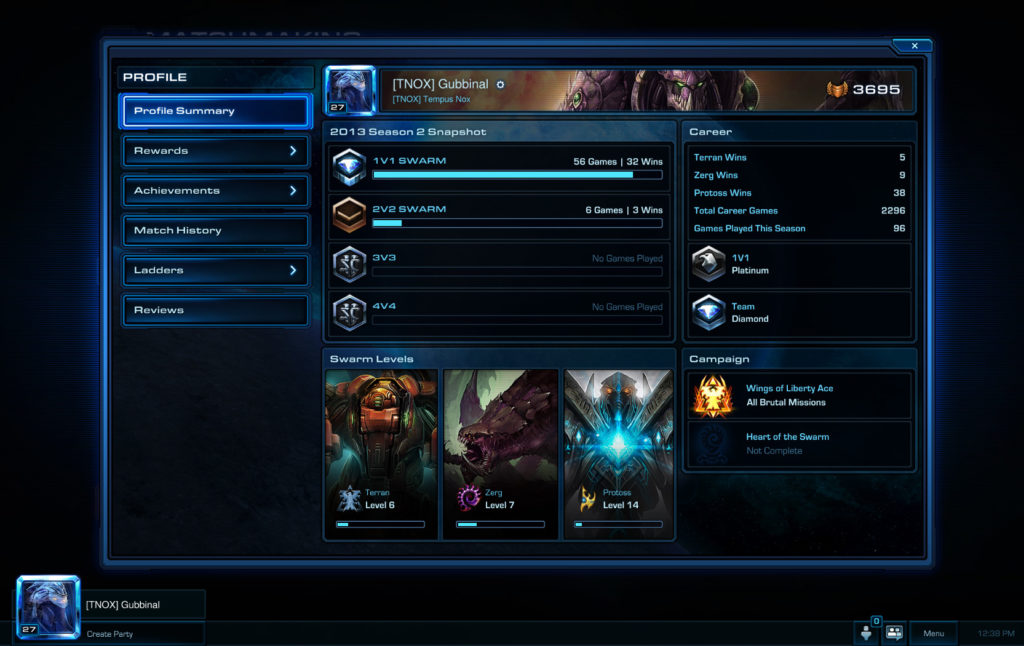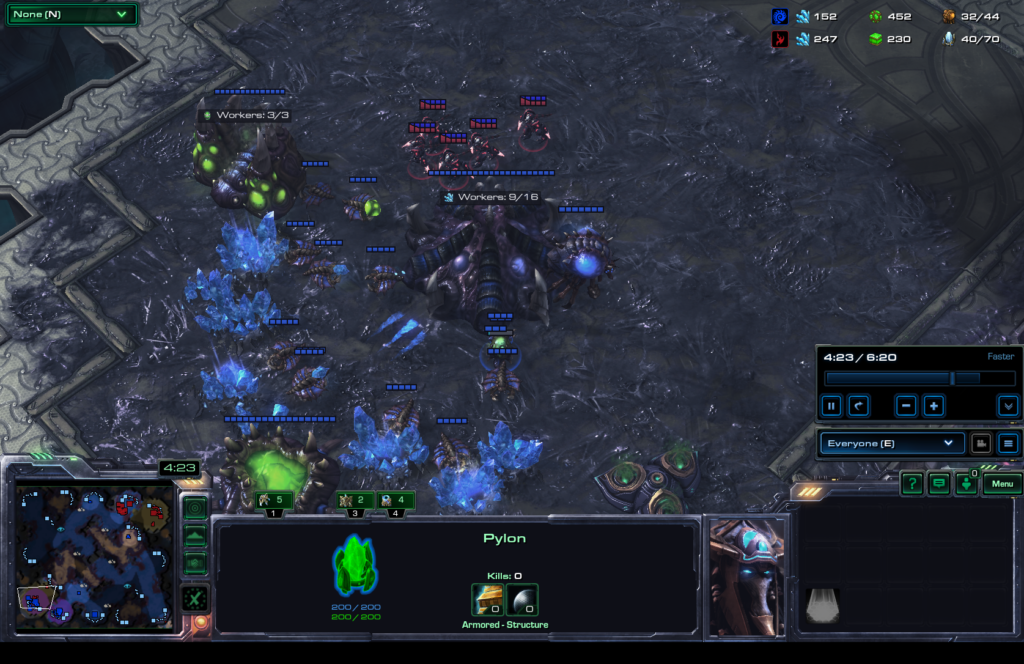I’ve owned five Madden NFL football games: Madden 99 was my first, for the N64, then came Madden 2002 for the GameCube, and then one Christmas I got Madden 2004 also for the GC. Later, I picked up Madden 15 and Madden 19 for the Xbox One. Madden 99 was great fun and introduced me to the world of football as seen by John Madden (RIP), pro football strategy more broadly, and the wild world of club management. Next, Madden 2002 was a graphical and gameplay upgrade. But Madden 2004, with Michael Vick running all over that cover, is still my favorite entry in the Madden football franchise. I played this game for well over 50 in-game seasons, at which point you had to start your franchise all over again. And I did start all over again because it was just that fun.
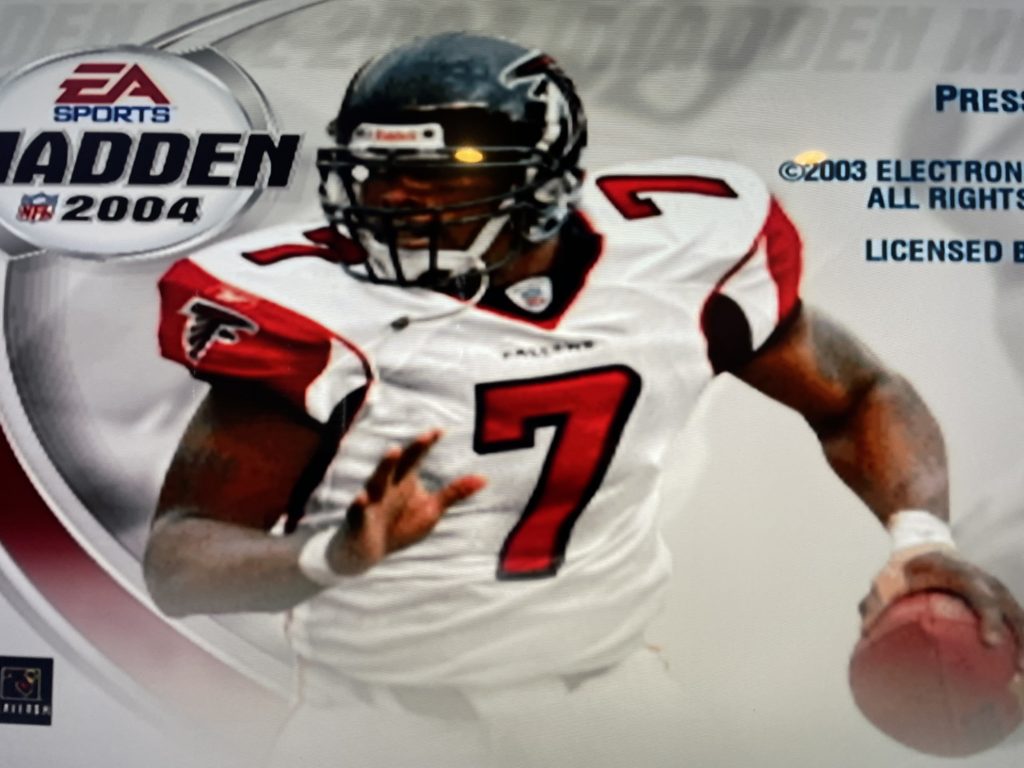
Being a football player is fun, for sure—and being all the players on the field was fun, too. Being the coach calling plays was all right. Being the owner was sort of cool. But being the general manager—that was where it was at.
Every time each NFL season ended, you transformed from full-time player into full-time football exec. My teams always had low draft picks because we always won the championship, or almost always. You got used to picking 30th or 32nd in every round of the draft, at first. Then you realize at some point how easy it is to dump your near-retirement players on some stupid AI-controlled GM and make that contract somebody else’s problem, while returning some high 2nd- or 3rd-round picks (1st-rounders were harder to steal).
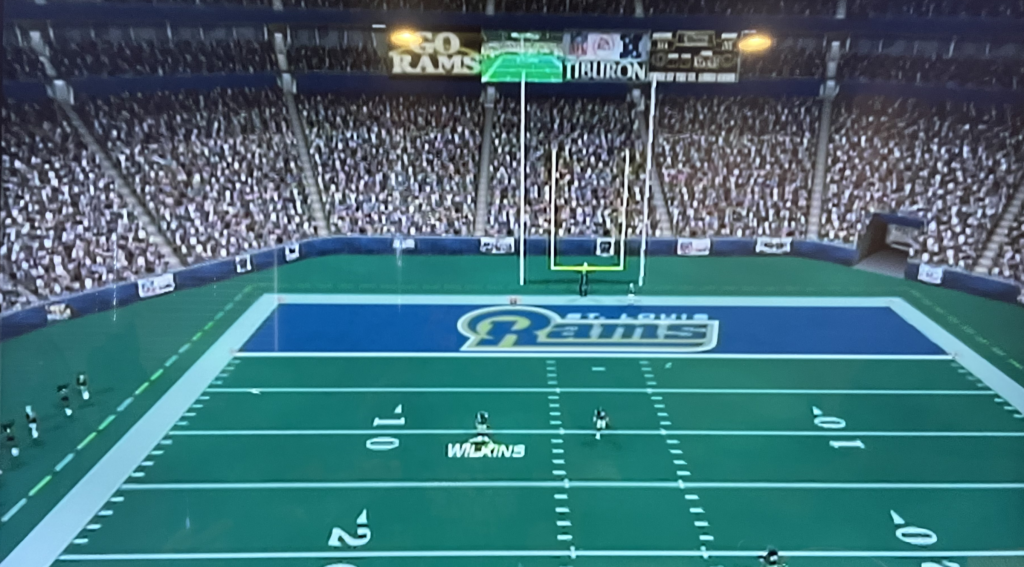
That was part of the whole management strategy: the way I would play it (with my erstwhile St. Louis Rams) was to draft a mediocre college quarterback in maybe the third or fourth round and find a rookie wide receiver or two somewhere between the second and fifth rounds and I would turn this practice-squad fodder into the league MVP and the Offensive Player of the Year within a couple of seasons. We used one screen pass play about 50% of the time, and the first down rates on this play had to have been near 75%. Our touchdown rate on that single play was probably 10-20%, too. For some reason it was so fun to humiliate computer opponents with the same five plays, over and over.
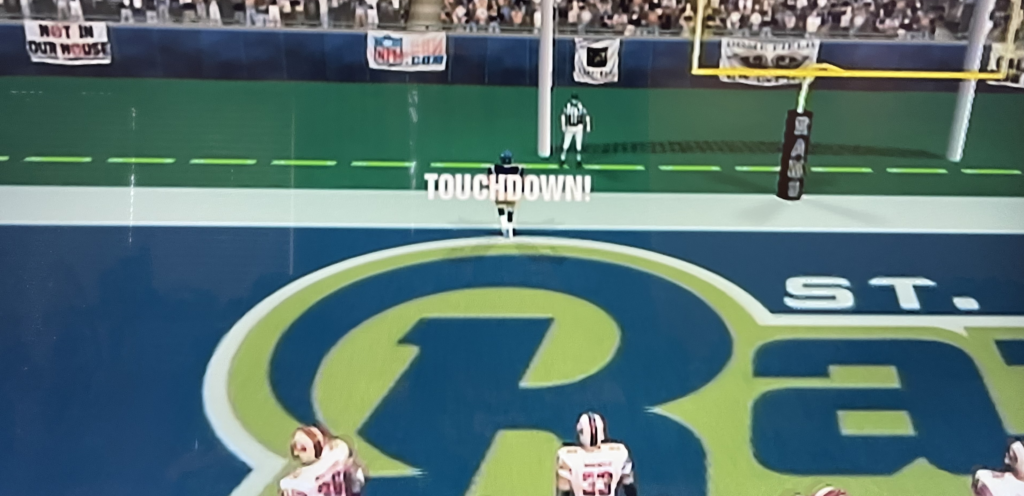
Playing the games on field was great, and trying to boost the stats of low-drafted nobodies and turn them into gridiron giants was satisfying—as was the whole pre-season routine of practicing the punts that we’d never actually punt in season (on fourth down you always went for it, like in NFL Blitz) and playing defense in the trenches that we’d never bother with in an actual game, and all that. It felt like we were really gearing up for a new season of glory no matter how we looked.

Yet somehow it always came back to being a general manager simulator. That was the really fun part. You always signed everybody to seven-year contracts—that was the max the game would allow, or else I would have signed them to 50-year deals. Because you know they’ll never make it to seven years. All those contracts were hugely backloaded: in practice, it meant I promised to pay you a million or two for a few years and then by year seven you’re slated to make five times that. Except you’ll never make it past year four on that contract. Either you’d get put out to pasture, retire on your own, get dumped for draft capital, or maybe even get re-signed to a seven-year extension if you were so unbelievably good I couldn’t live without you (but, again, you’d never see the latter years of that deal). Nobody was ever paid the full contract they signed. I should have been voted Executive of the Decade.
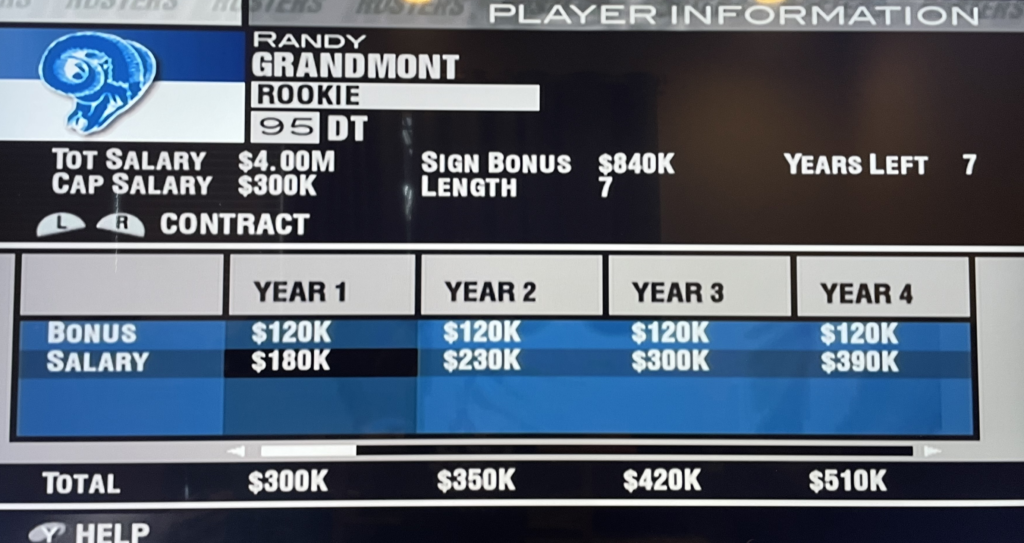
But my players didn’t mind the financial abuse—after all, I put those meatheads in the Hall of Fame. Which is where this game belongs, too. Madden 2004 did everything right: you could rename and relocate your franchise to Mexico City, overcharge for hot dogs, draft the next Brady, or the next dump truck.
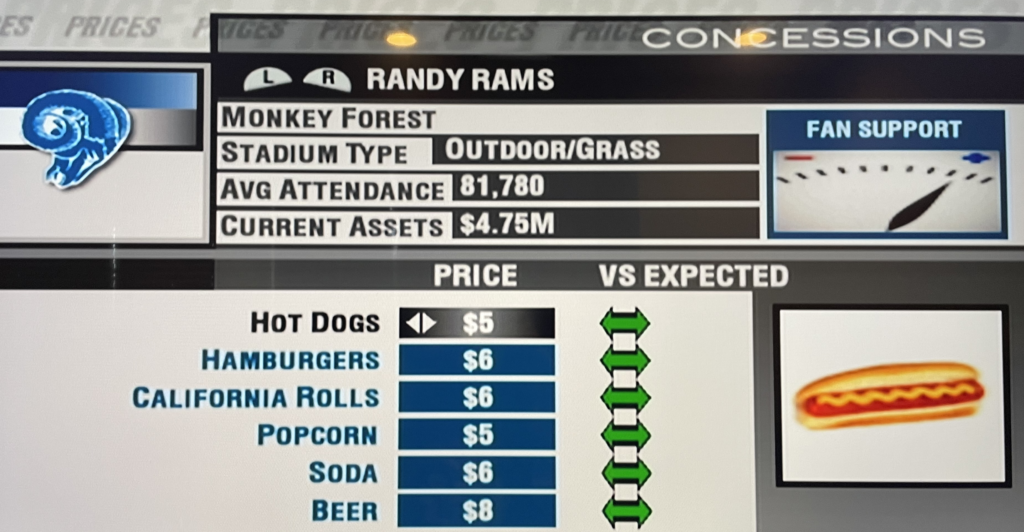
That was one of the most fun little side quests I always had. After every season ended, I’d use the draft to fill in some new bodies for some of the guys we’d had to cut, or whose contracts we’d traded, or those we’d forced into early retirement. But with the last few late-round picks you knew you weren’t going to find anybody good enough to move the needle, probably not even to crack the third string. So, instead, you’d start drafting for other qualities. You’d take whoever had the fastest 40-yard dash time (despite hands made of concrete) or you’d find a kicker who could propel the pigskin 60 yards (straight into the press booth).
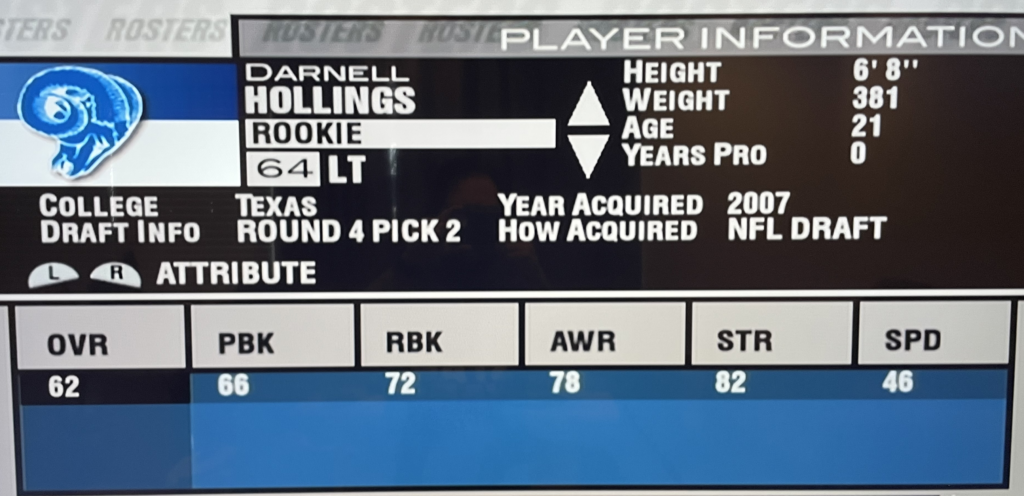
Or, my personal favorite, I would scope out the draft (in the middle rounds, or even earlier) for the biggest, heaviest, tallest guy in the draft. Every few years you would find these Goliaths out there, trudging through the draft while every other GM looked for speed, good hands, quickness, technique, whatever. And these gentle giants would be ignored or dismissed, again and again. And I said that’s not what football is all about, and I’d discover these guys and add them to my squad. I’d find a place for them—a behemoth Offensive Guard or a yeti-like Nose Tackle—or if I were feeling really brave, I’d put them in at Middle Linebacker or Fullback. They weren’t on my team to be deft and delicate, to pull the passed ball out of the air or punt it into a coffin corner. They were there to intimidate the other side, to stare down from their seven-foot height and throw their 400-pound weight into the trenches and scare the living daylights out of my enemies. I would take these hulks and make footballers out of them, and in the end their lumbering footsteps would force more fumbles, their awesome arms would deflect more passes, than they had any right to do.
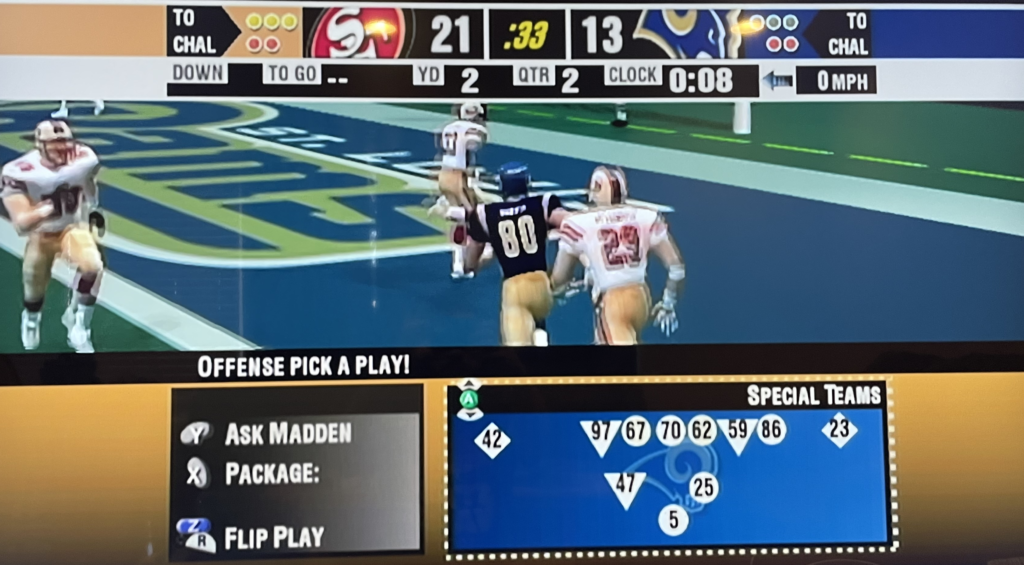
And of course, they were cheap—on those lovely, infinite, seven-year contracts.



